Yousuf Karsh (1908, Mardin, Armenia–2002, Boston)
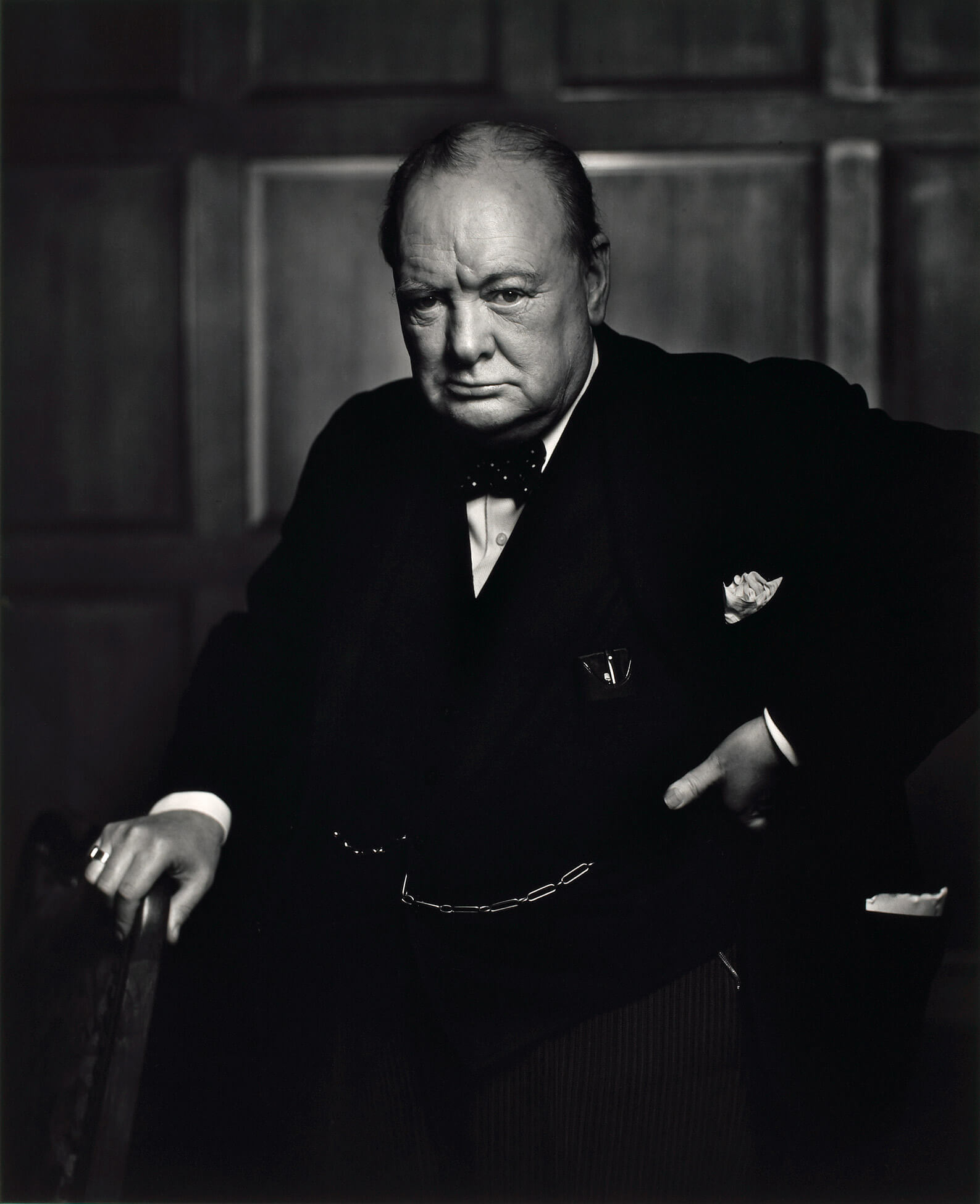
Winston Churchill, December 30, 1941, printed before September 1988
Gelatin silver print, 50.2 x 40.7 cm
National Gallery of Canada, Ottawa
This dramatic wartime portrait of Winston Churchill made Yousuf Karsh (1908–2002) world famous. He took the picture on Parliament Hill in Ottawa moments after yanking Churchill’s cigar from his mouth, and the British prime minister’s stern expression came to symbolize defiance in the face of Nazi aggression. The theatricality of the image, also known as Roaring Lion, is heightened by the lighting that the photographer is known for. The photograph was a turning point for Karsh, who went on to photograph dozens of global luminaries in a career that lasted over five decades.
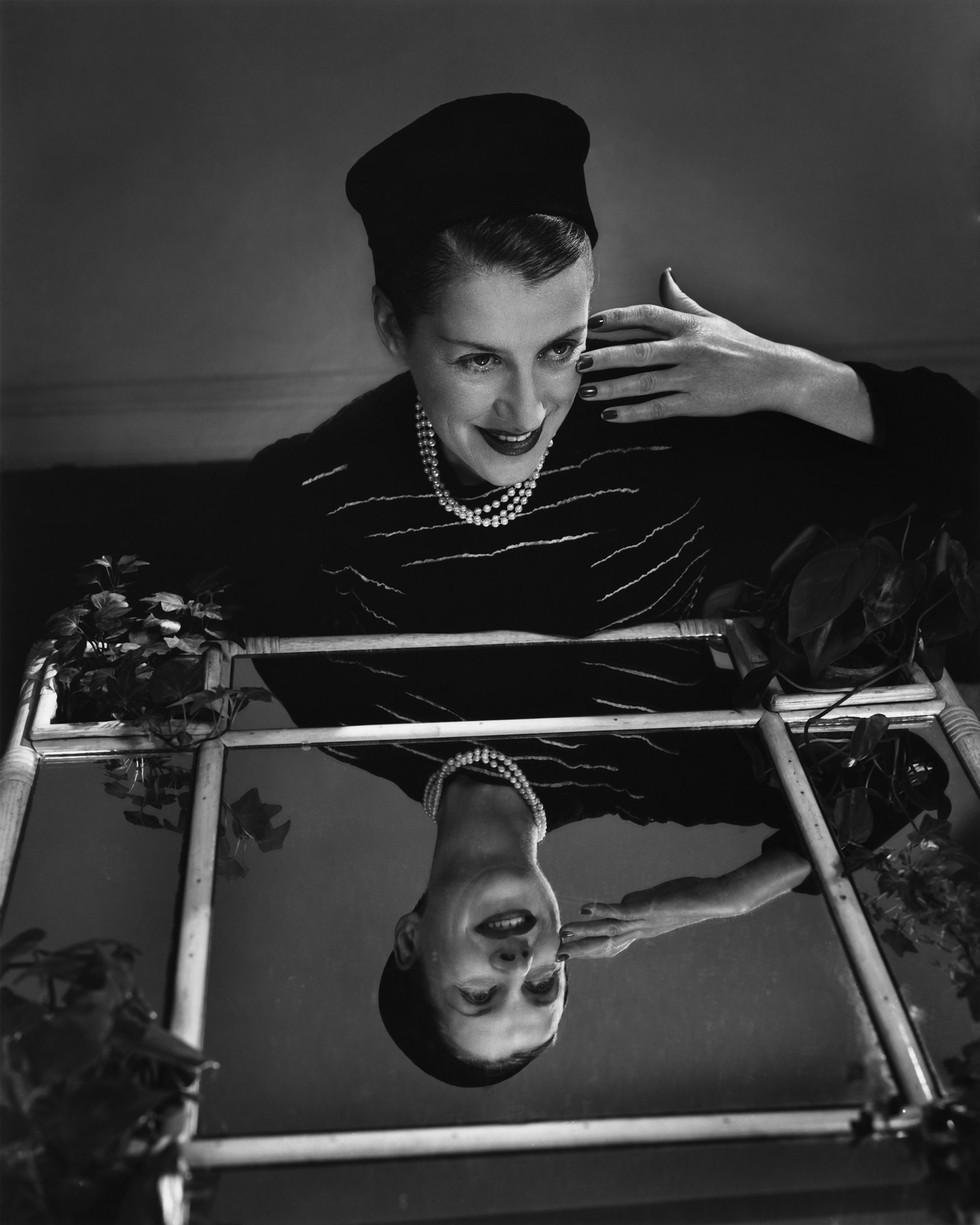
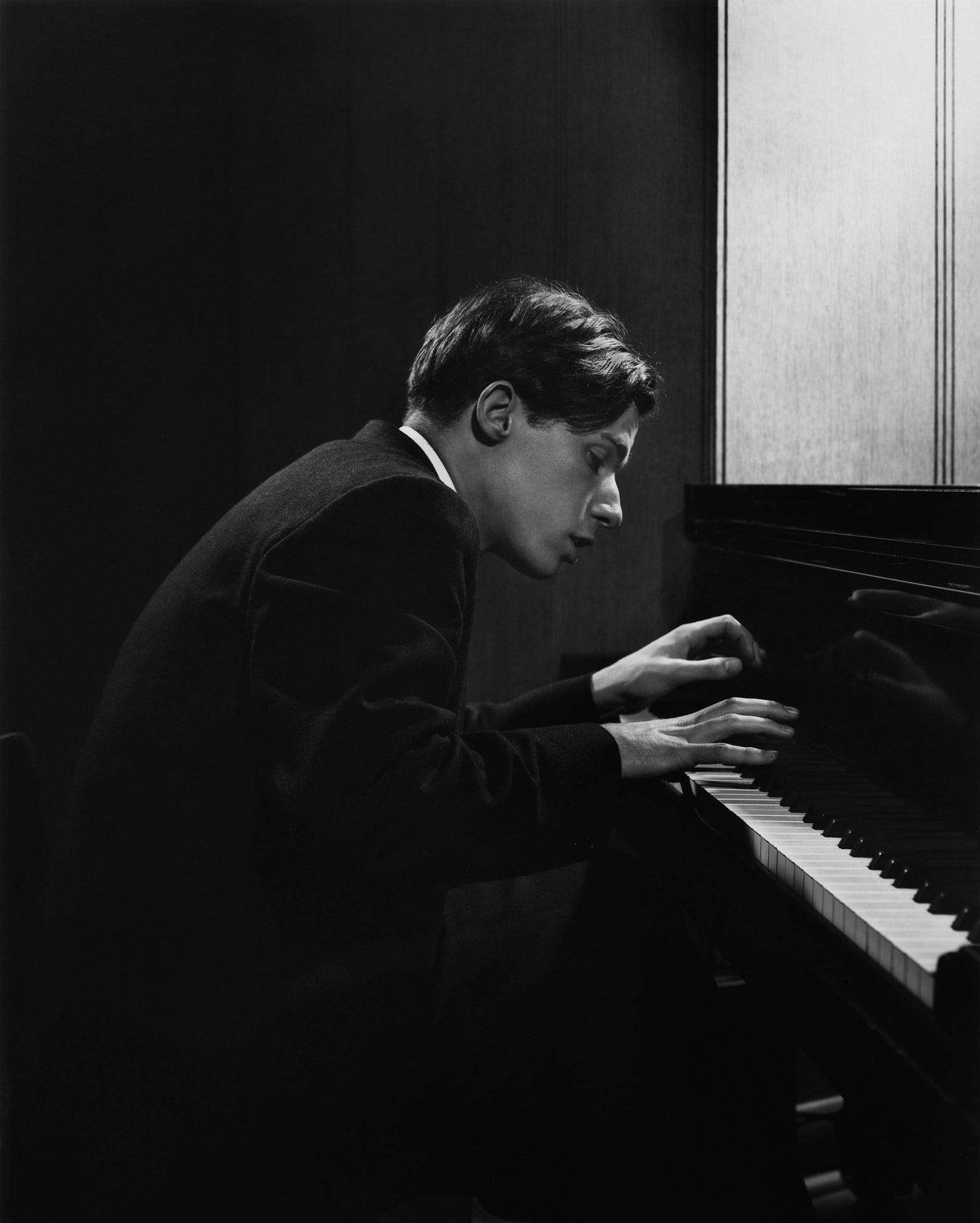
Karsh was born into an Armenian family in what is now Turkey, before the genocide forced them to flee to Syria. As a teenager, he was sent to live with his uncle, George Nakash, a photographer in Sherbrooke, Quebec. Karsh apprenticed at John Garo’s stylish studio in Boston, where he learned both the craft and social art of portraiture, before setting up his own studio in Ottawa in 1932. From the 1970s until his retirement in 1992, Karsh operated a studio in the city’s luxurious Château Laurier hotel.
His first commissions came from local Ottawa theatre groups, a task that may have shaped his deft stage management of Churchill. Commissions from the Canadian government to photograph political events and figures soon followed, and Karsh later received several corporate commissions, including work for Ford Motors and a set of images for the airline Canadair, which were used in an advertising campaign.
Although Karsh decided that Churchill alone was enough for his portrait, he favoured props for many of his other sitters, either related to their profession or as added atmosphere. He would keep his studio space dark and then add bright lights on either side of the sitter to create contrasts of light and shadow that played out across his subject’s face and body. He often spoke of his desire to get behind the masks of the people he photographed, and yet the portraits he produced are read as iconic, monumental images of his well-known subjects. Karsh’s portraits were published widely in the press, in magazines, and in a series of coffee table books and illustrated memoirs in the 1950s, 1960s, and 1970s.

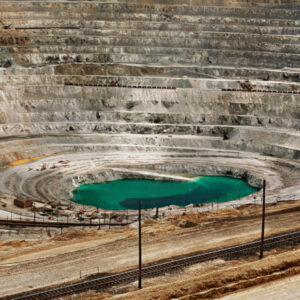 About the Authors
About the Authors
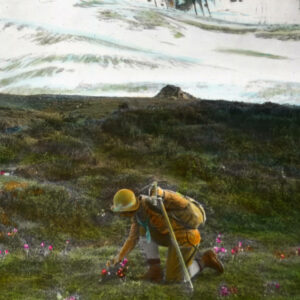 More Online Art Books
More Online Art Books
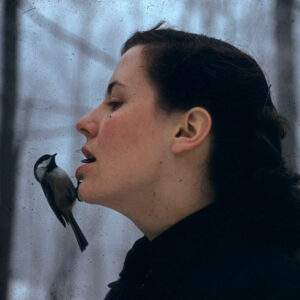 Acknowledgements
Acknowledgements